Colombia boasts some incredible diving sites that are a must-visit for any diving enthusiast. The country’s diverse marine ecosystems offer a range of experiences, from vibrant coral reefs in the Caribbean to thrilling shark encounters in the Pacific. If you’re planning a broader trip, check out our complete Colombia itinerary guide for tips on combining diving with other must-see destinations.
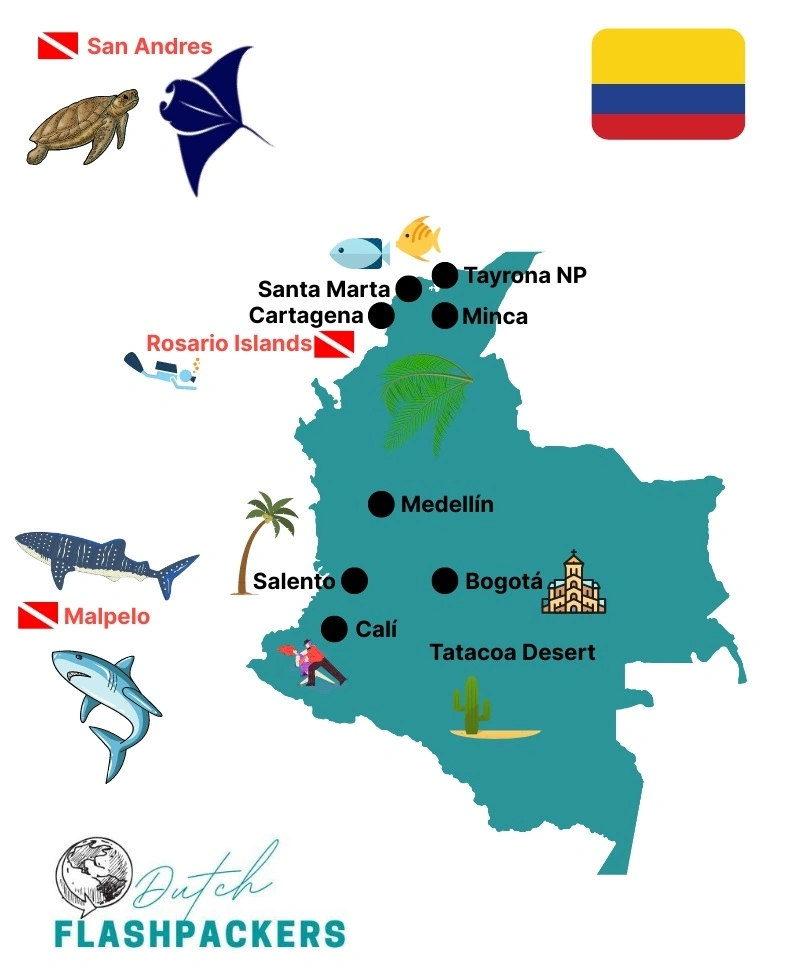
The Best Season to Dive
Colombia offers year-round diving opportunities, but the timing and location make a big difference depending on what you want to see.
Malpelo Island and Gorgona (Pacific)
The Pacific sites, including Malpelo and Gorgona, are best visited from July to November, during the dry and cooler season. This period increases the chances of encountering whale sharks and schools of hammerheads, making it a prime time for thrill-seeking divers. Water temperatures can be cooler, dropping to around 15°C, and seas may be rougher. Visibility averages around 10 meters due to increased plankton, but the incredible encounters with large pelagic species more than make up for it.
Caribbean Coast – Rosario Islands, San Andrés, Providencia, Capurganá & Sapzurro
The Caribbean coast is ideal for diving from December to June, with warm waters up to 24°C, calm seas, and excellent visibility. This includes popular sites like the Rosario Islands, San Andrés, and Providencia, as well as quieter gems like Capurganá and Sapzurro. These remote locations offer pristine reefs and abundant marine life, from colorful tropical fish to eagle rays. From December to April, manta rays are often spotted, making this season particularly rewarding for divers seeking encounters with larger marine species.
Diving Colombia’s Top Sites
Malpelo
One of the top diving spots in Colombia is Malpelo Island. Located in the Pacific Ocean, this remote and isolated island is renowned for its thrilling diving experiences. It is only accessible via liveaboards due to its distance from the mainland. Diving at Malpelo offers the chance to witness large schools of hammerhead sharks, silky sharks, Galapagos sharks, and occasionally even encounters with whale sharks. The waters around Malpelo are teeming with marine biodiversity, making each dive an unforgettable adventure.
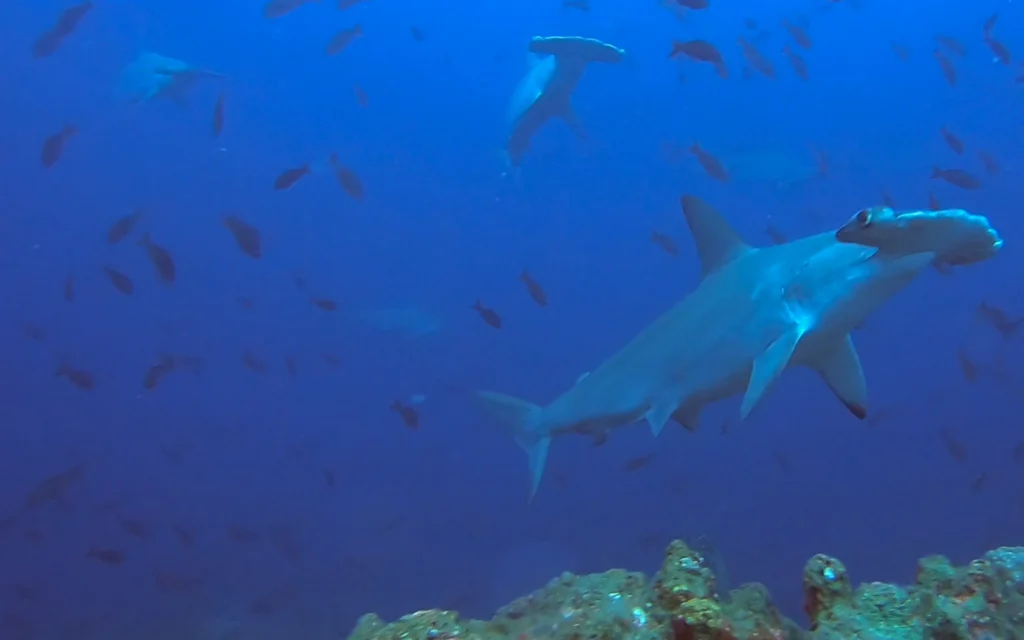
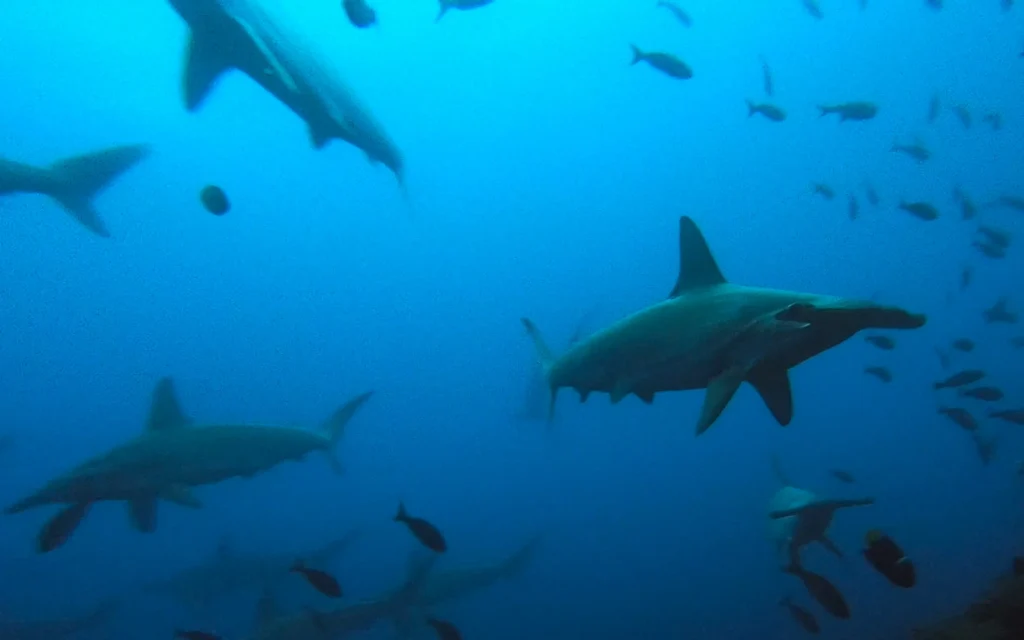
Gorgona Island – A Pacific Adventure
Gorgona Island, also in the Pacific, is another top spot for shark encounters and rich biodiversity. Like Malpelo, it is only accessible via liveaboards or specialized diving trips. Its waters are teeming with large pelagic species, colorful coral gardens, and diverse marine life.
Rosario Islands
Another fantastic diving destination is the Rosario Islands, close to Cartagena on the Caribbean coast. These islands are ideal for day trips from the city and offer excellent diving opportunities. Explore colorful coral reefs teeming with an array of fish species, including angelfish, parrotfish, and moray eels. The crystal-clear waters of the Rosario Islands make it an excellent spot for snorkeling as well.
San Andrés & Providencia
For those looking for immersive Caribbean dives, the islands of San Andrés and Providencia are must-visits. Expect vibrant coral gardens, abundant marine life, and warm, clear waters. Divers can encounter turtles, rays, and schools of tropical fish. Providencia is especially renowned for drift dives and pristine reef conditions.
Capurganá & Sapzurro
Near the Panama border, Capurganá and Sapzurro offer remote, less crowded diving experiences. The coral reefs are healthy, fish diversity is high, and occasional manta rays make appearances. These sites are perfect for divers who want a quieter, more intimate underwater adventure.
Taganga & Santa Marta
For beginners, Taganga and the nearby Santa Marta coast, close to Tayrona National Park, are excellent choices. These sites feature shallow reefs, small wrecks, and great visibility, making them perfect for learning, practicing skills, or enjoying quick dives without leaving the mainland. For more experienced divers, Taganga can be fun for a day trip, but it’s not considered among the best diving spots in Colombia.
Diving Difficulty and Equipment Recommendations
Malpelo & Gorgona Island
Diving in Colombia offers contrasting yet equally captivating experiences. Malpelo Island, situated in the Pacific, demands advanced skills due to its strong currents, requiring a minimum of 50 logged dives and an Advanced Open Water Certification for optimal safety. It boasts extraordinary marine biodiversity but demands cautious preparation and quality gear due to temperatures dropping to 15 degrees Celsius. Divers often opt for thicker wetsuits, typically a 7mm or even a dry suit accompanied by hoods and gloves for added warmth and protection.
Diving the Caribbean Coast
Colombia’s Caribbean coast offers more accessible dives around areas like the Rosario and San Andrés Islands, with milder currents and warmer waters, making it suitable for a broader range of divers. While some experience is recommended, stringent minimum dive requirements might not apply here, allowing for vibrant coral reef exploration and encounters with diverse marine life without the challenges of strong currents. Water temperatures along the Caribbean coast tend to be warmer compared to the Pacific, usually ranging from around 26 to 30 degrees Celsius. Divers often opt for thinner wetsuits or even rash guards due to the warmer waters, providing comfort without compromising safety.
Prioritizing safety with essential equipment and adhering to guidance from dive instructors remains crucial across both regions for a rewarding diving experience in Colombia.
Help us by supporting our blog
We want to give you honest reviews and keep this blog free. Therefore we added some affiliate links that might give us a commission at no additional cost to you. Support our blog by booking through our partners.

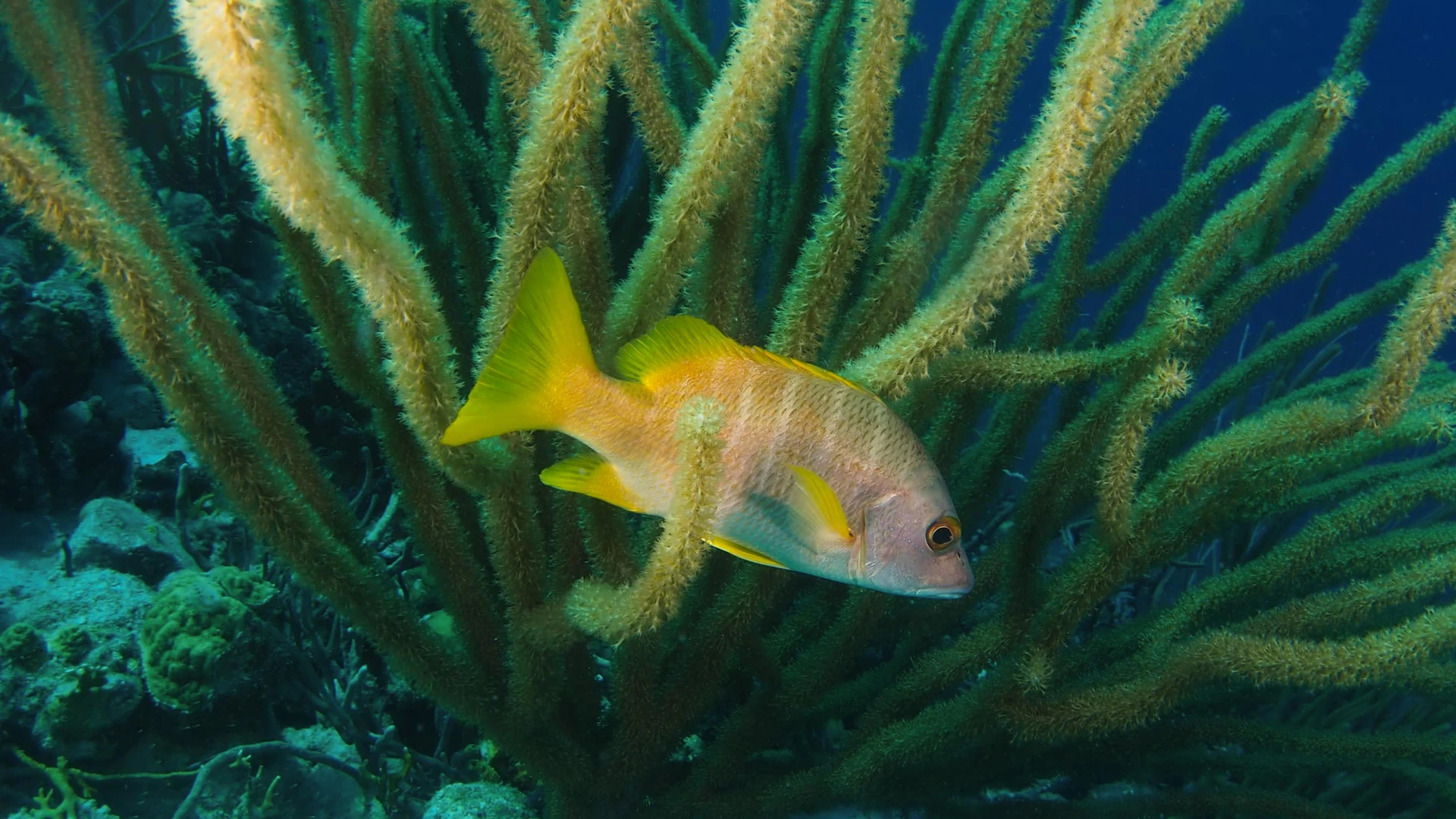
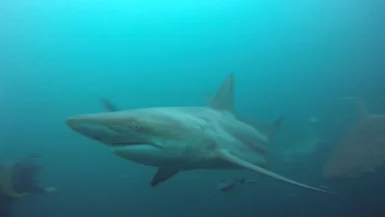
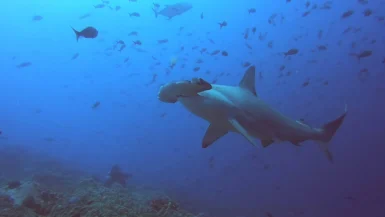
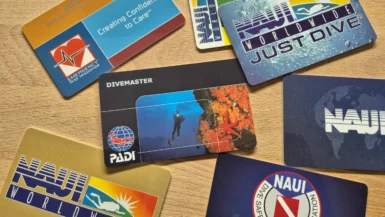
Leave a reply